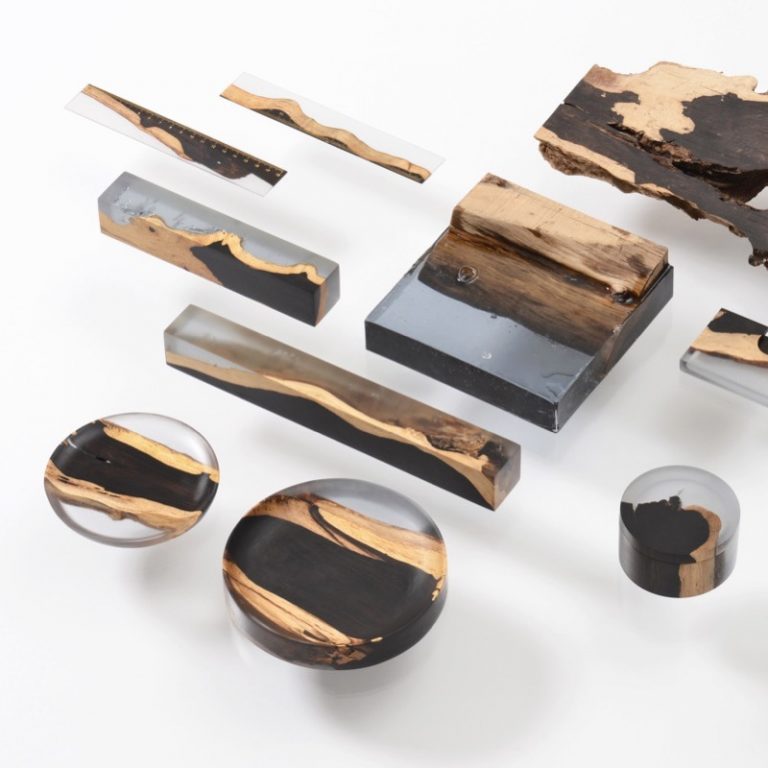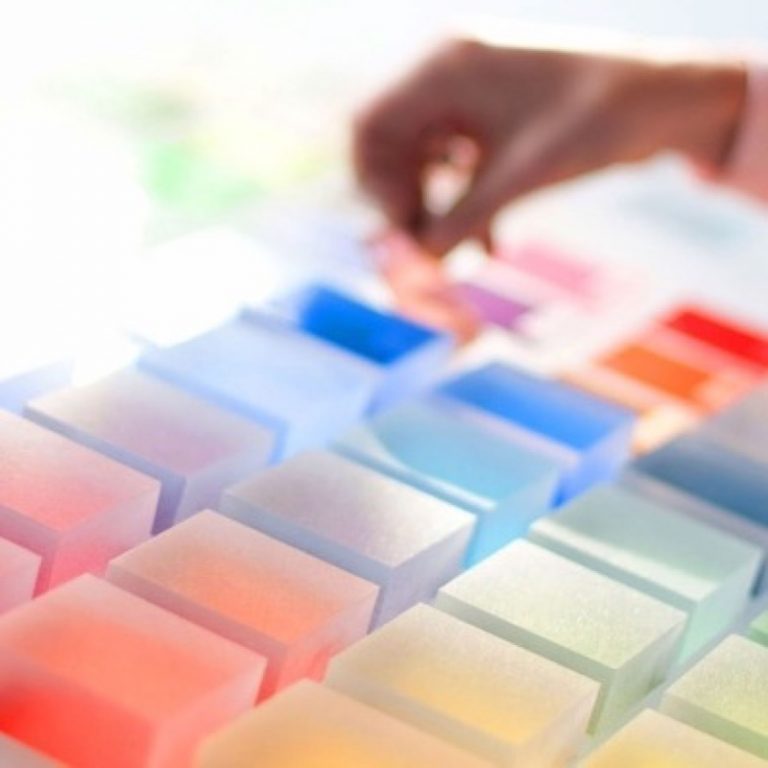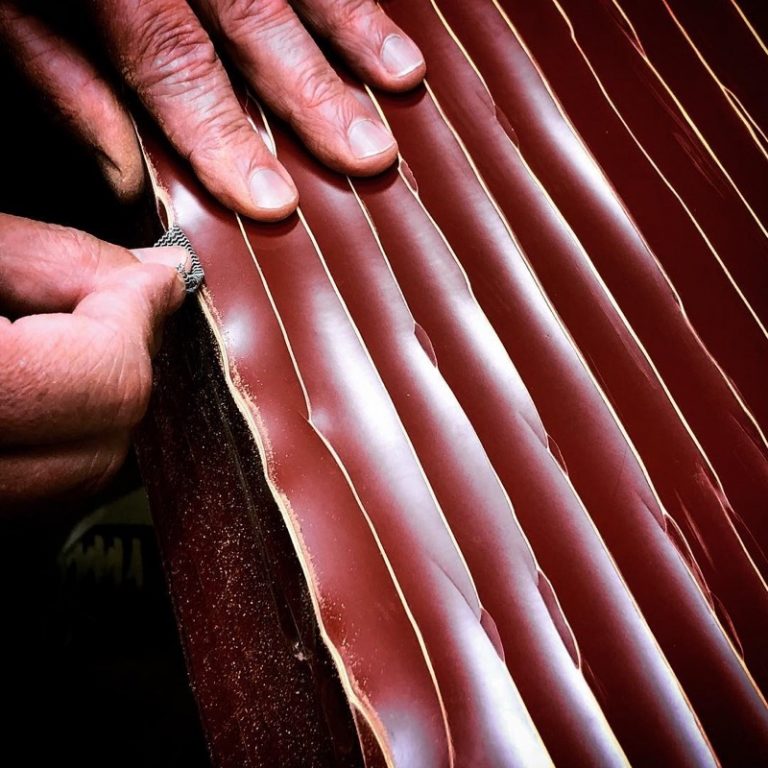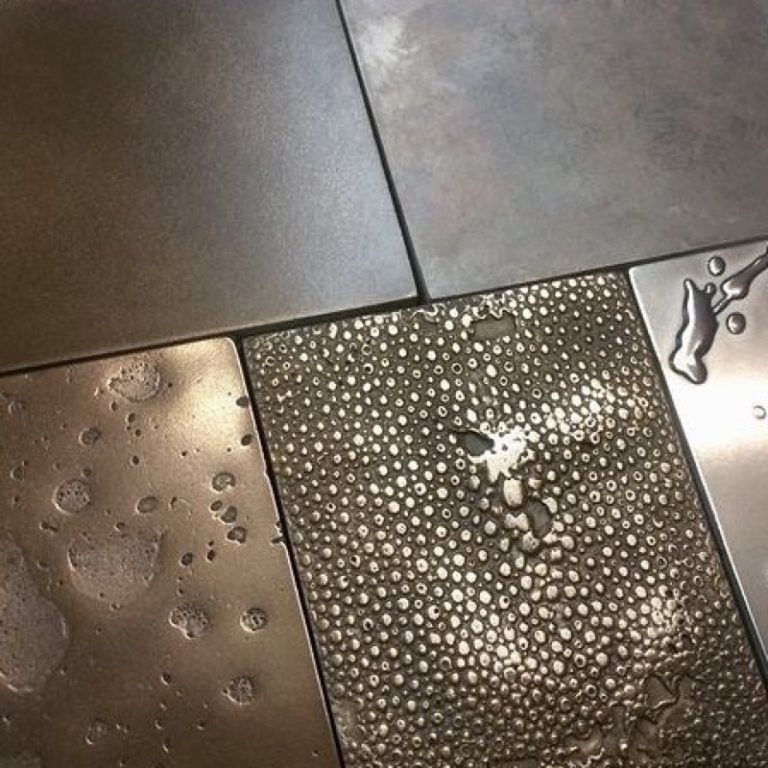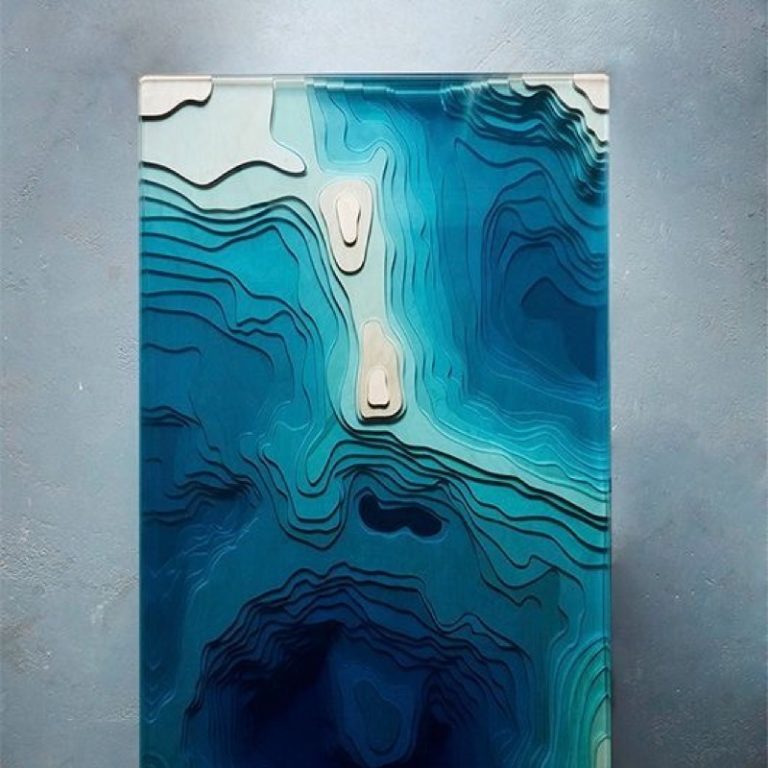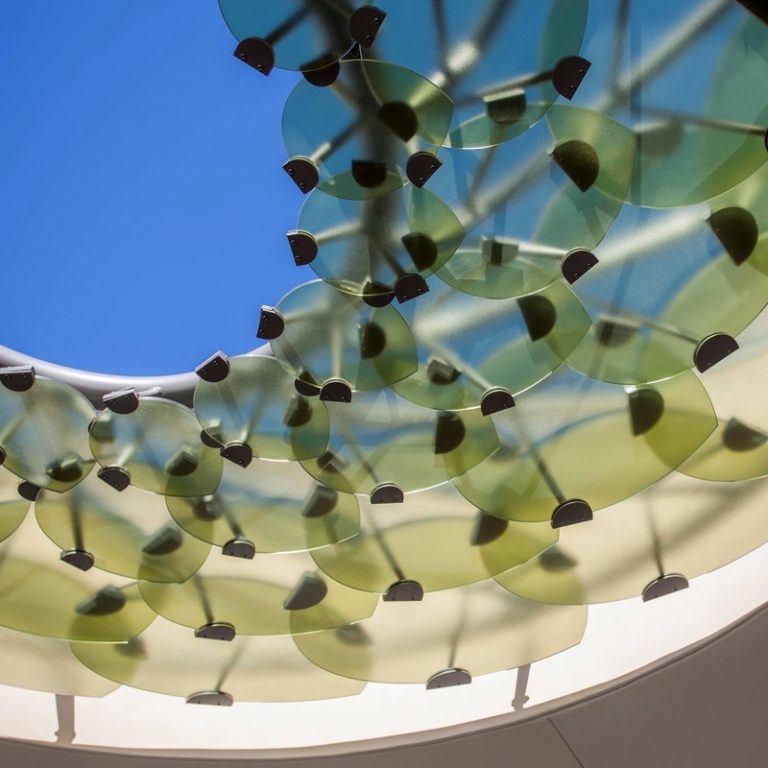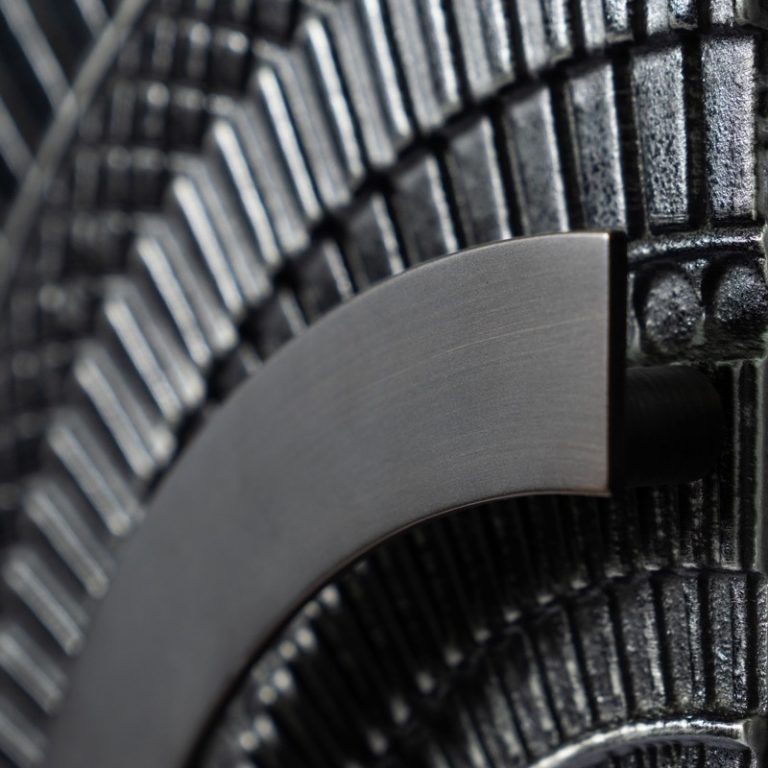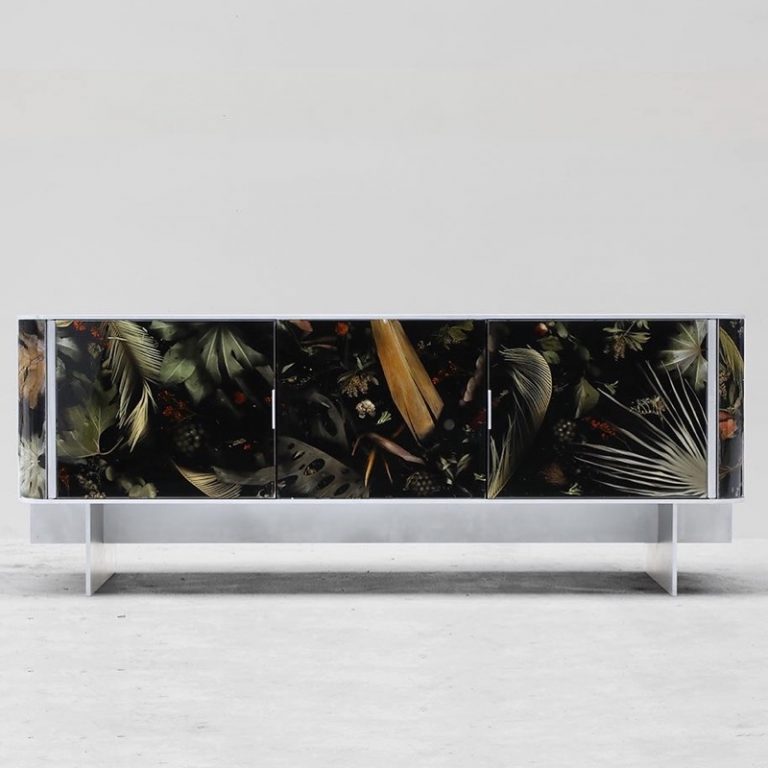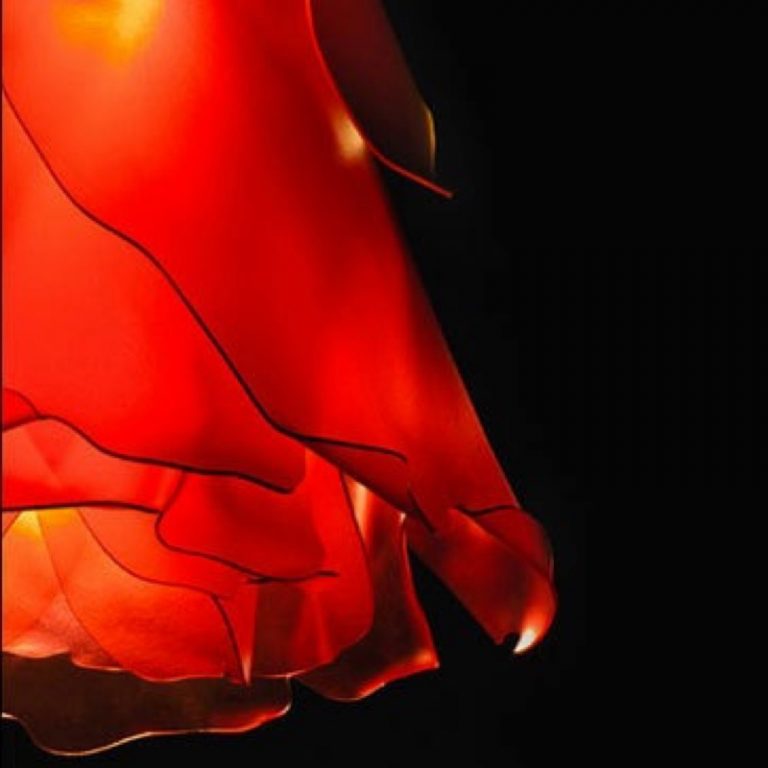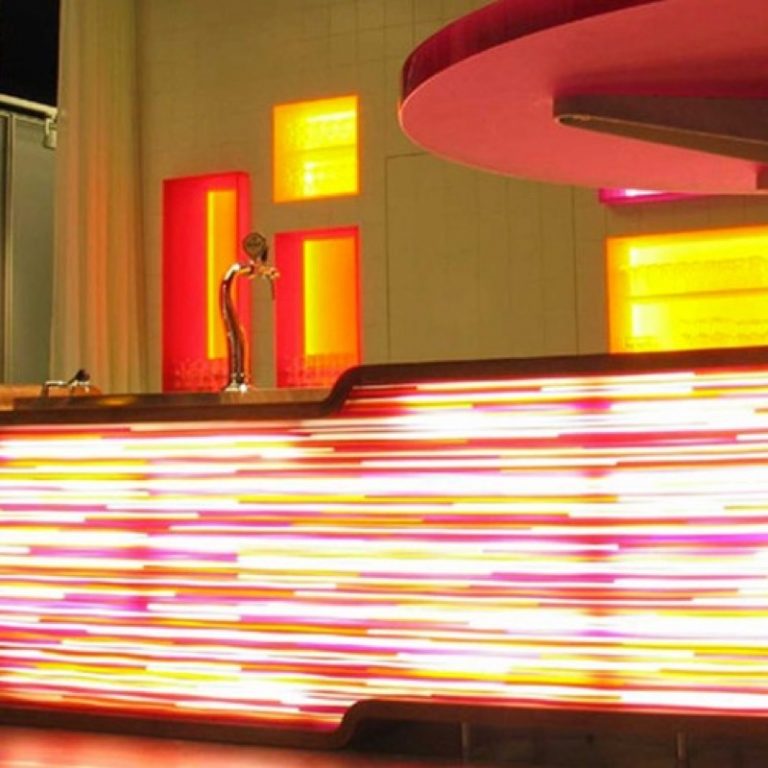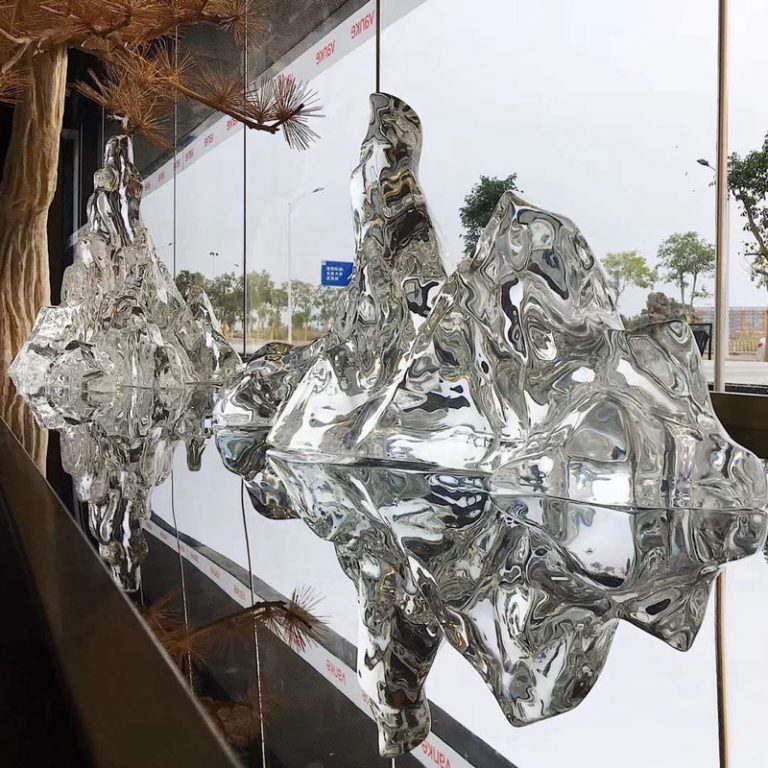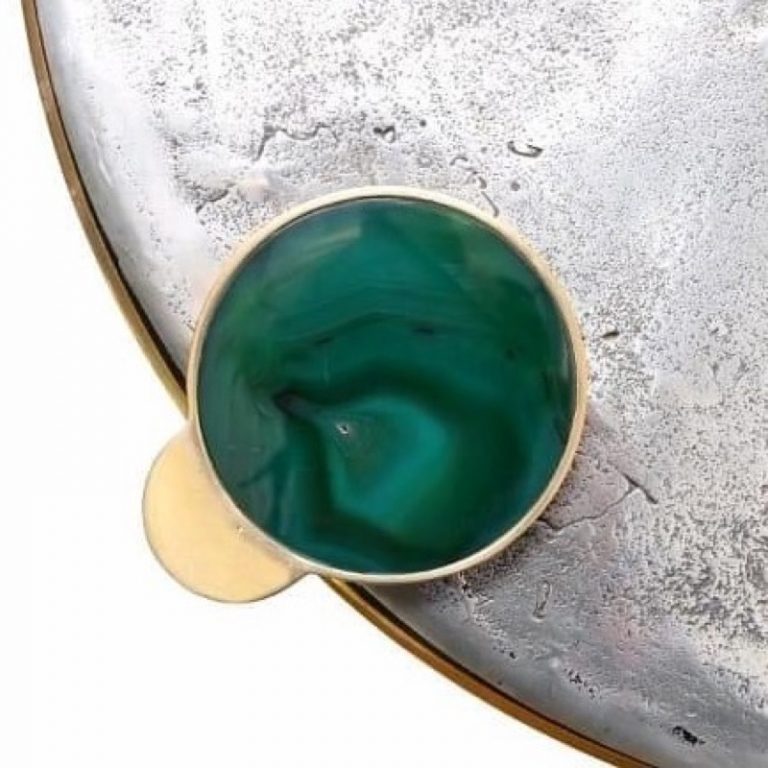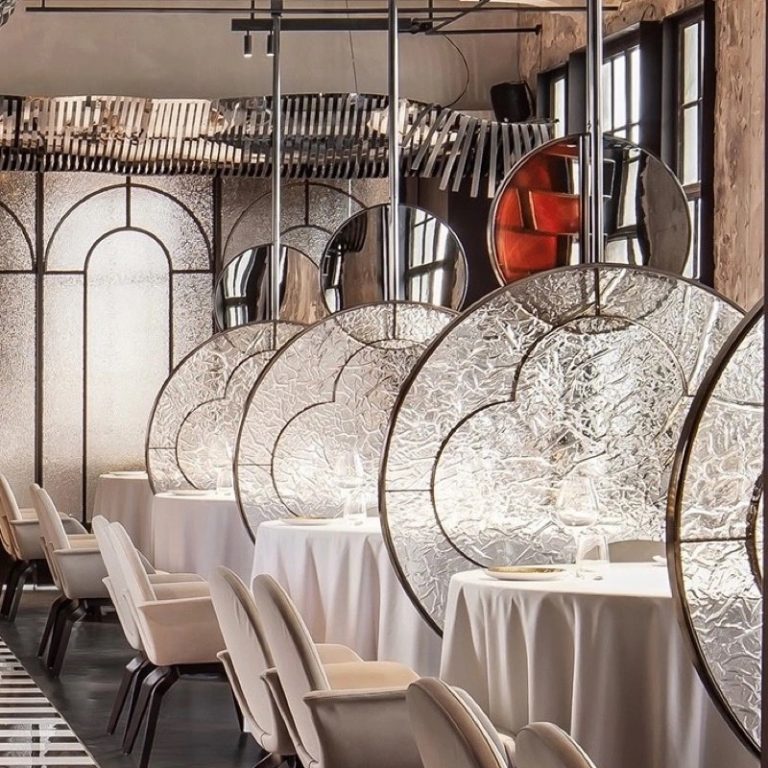Designers have been exploring various creative avenues with acrylic, also known as polymethyl methacrylate (PMMA), due to its versatility, transparency, and durability. Here are several innovative experiments and applications in which designers have employed acrylic:
- Furniture Design: Acrylic has been widely used in furniture design, offering sleek and modern aesthetics. Designers experiment with acrylic to create minimalist chairs, tables, shelves, and even entire furniture sets. The transparency of acrylic allows for the creation of “invisible” furniture pieces that blend seamlessly into their surroundings, giving the illusion of more space.
- Interior Décor: Acrylic panels are utilized in interior design to divide spaces, create partitions, or add a touch of elegance to rooms. Designers explore various techniques such as laser cutting, etching, and molding to customize acrylic panels with intricate patterns, textures, or even embedded LED lighting for dramatic effects.
- Lighting Fixtures: Acrylic is a popular material for crafting lighting fixtures due to its light-transmitting properties. Designers experiment with different thicknesses and shapes of acrylic to diffuse and refract light, creating ambient or focal lighting effects. Acrylic pendants, chandeliers, and wall sconces offer modern and eye-catching additions to interior spaces.
- Art Installations: Artists and designers push the boundaries of acrylic in creating immersive art installations. Transparent acrylic sculptures, installations, and interactive exhibits captivate viewers by playing with light, reflection, and space. The versatility of acrylic allows artists to experiment with form, color, and texture, resulting in dynamic and engaging artworks.
- Retail Displays: Acrylic is a favored material for designing retail displays and signage due to its clarity and durability. Designers use acrylic to showcase products, create branded signage, and design modular display systems that can be easily customized and reconfigured. LED-lit acrylic displays further enhance product visibility and attract attention in retail environments.
- Architectural Applications: Acrylic is increasingly being integrated into architectural projects for its versatility and aesthetic appeal. Designers utilize acrylic panels for façades, canopies, skylights, and interior cladding to introduce natural light, create visual interest, and enhance building aesthetics. Acrylic’s weather resistance and UV stability make it suitable for both indoor and outdoor architectural applications.
- Fashion and Accessories: Acrylic is not limited to interior design and architecture; designers also incorporate it into fashion and accessory design. Acrylic jewelry, handbags, eyewear, and even garments feature bold colors, geometric shapes, and translucent effects, adding a modern and playful element to fashion collections.
Overall, designers continue to push the boundaries of acrylic through innovative experiments and applications across various disciplines, showcasing its versatility and potential in shaping contemporary design trends.


